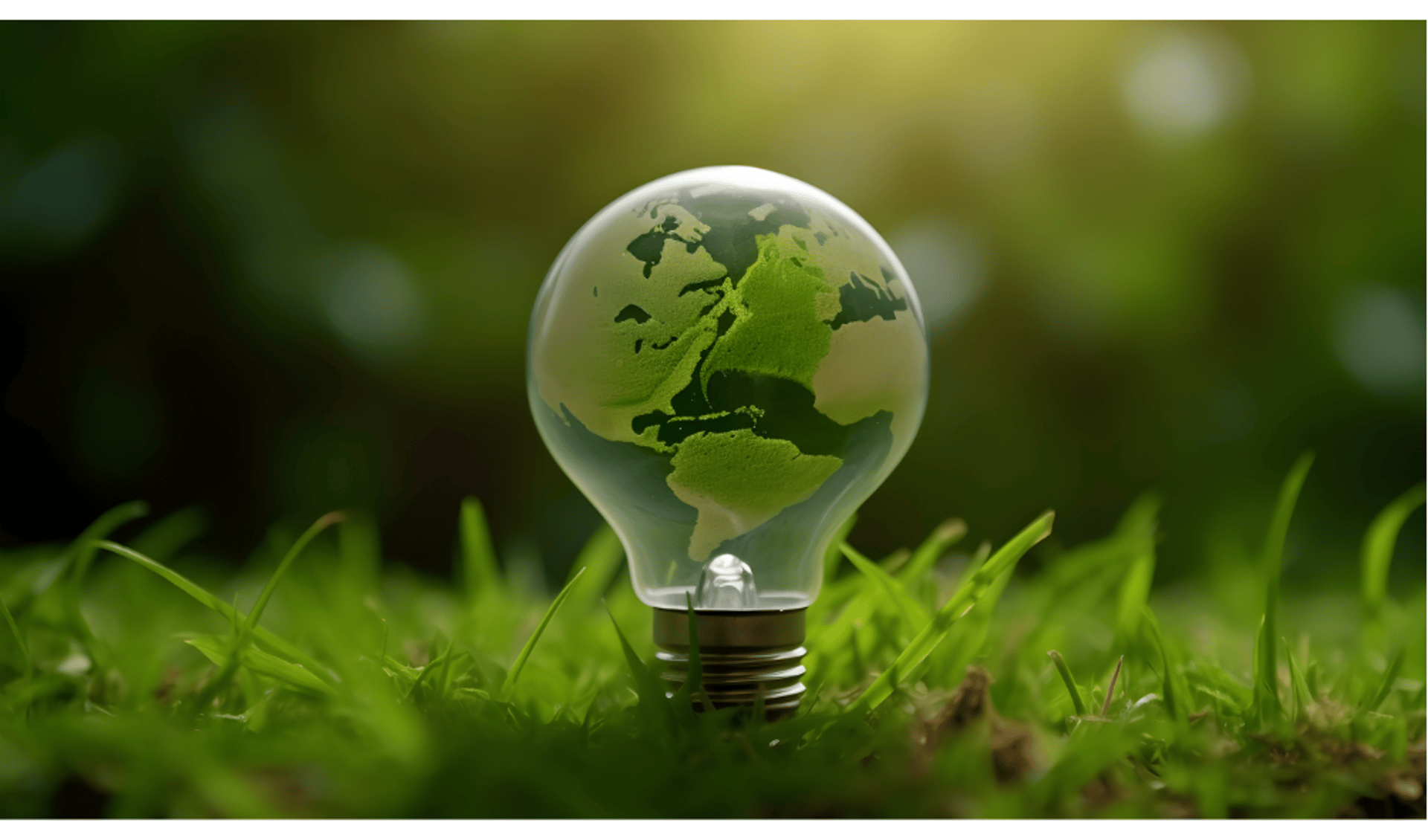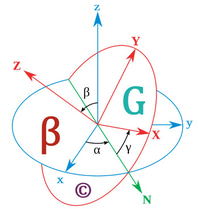How Electrical Engineers Are Tackling Climate Change
Climate change is one of the most pressing challenges of our time, and addressing it requires innovation, collaboration, and expertise from all fields. Electrical engineers are at the forefront of this fight, developing technologies and systems that reduce greenhouse gas emissions, improve energy efficiency, and promote sustainability. In this blog, we’ll explore how electrical engineers are tackling climate change and making a difference in the global effort to protect our planet.
ELECTRICAL ENGINEERINGSUSTAINABILITYENERGY
Engr. Benjamin V. Gonzales Jr.
6/8/20253 min read
1. Renewable Energy Systems
One of the most significant contributions of electrical engineers to combating climate change is the development of renewable energy systems. These systems harness energy from natural sources like the sun, wind, and water, reducing our reliance on fossil fuels.
Key Contributions:
Solar Power: Engineers design photovoltaic systems, inverters, and energy storage solutions to maximize solar energy efficiency.
Wind Energy: Electrical engineers develop wind turbines, grid integration systems, and control algorithms to optimize wind power generation.
Hydropower: Engineers design and maintain hydroelectric plants, ensuring they operate efficiently and sustainably.
Impact:
Renewable energy systems are reducing carbon emissions and providing clean, sustainable power to millions of people worldwide.
2. Energy Storage Solutions
Renewable energy sources like solar and wind are intermittent, meaning they don’t produce energy consistently. Electrical engineers are addressing this challenge by developing advanced energy storage solutions.
Key Contributions:
Battery Technologies: Engineers are working on improving lithium-ion batteries and developing next-generation technologies like solid-state and flow batteries.
Grid-Scale Storage: Engineers design large-scale energy storage systems that store excess energy and release it when needed.
Vehicle-to-Grid (V2G): Engineers are developing systems that allow electric vehicles to feed energy back into the grid during peak demand.
Impact:
Energy storage solutions ensure a stable and reliable energy supply, enabling greater adoption of renewables.
3. Smart Grids
The traditional power grid is inefficient and vulnerable to outages. Electrical engineers are transforming it into a smart grid—an intelligent, interconnected system that optimizes energy distribution and consumption.
Key Contributions:
Advanced Metering Infrastructure (AMI): Engineers design smart meters that provide real-time data on energy usage.
Demand Response: Engineers develop systems that adjust energy consumption based on supply and demand, reducing peak load and improving efficiency.
Distributed Energy Resources (DERs): Engineers integrate renewable energy sources, energy storage, and microgrids into the grid.
Impact:
Smart grids improve energy efficiency, reduce emissions, and enhance grid resilience.
4. Electric Vehicles (EVs)
Transportation is a major contributor to greenhouse gas emissions. Electrical engineers are driving the transition to electric vehicles (EVs), which produce zero tailpipe emissions.
Key Contributions:
Battery Technology: Engineers design high-capacity, fast-charging batteries for EVs.
Charging Infrastructure: Engineers develop charging stations and networks to support the growing adoption of EVs.
Power Electronics: Engineers design inverters, converters, and motor controllers that improve EV performance and efficiency.
Impact:
EVs are reducing emissions from the transportation sector and paving the way for a cleaner future.
5. Energy Efficiency
Improving energy efficiency is one of the most effective ways to reduce emissions. Electrical engineers are developing technologies and systems that use energy more efficiently.
Key Contributions:
LED Lighting: Engineers design energy-efficient lighting systems that consume less power and last longer.
Building Automation: Engineers develop systems that optimize energy use in buildings, reducing waste and costs.
Industrial Efficiency: Engineers design motors, drives, and control systems that improve energy efficiency in manufacturing.
Impact:
Energy-efficient technologies reduce energy consumption and lower emissions across industries.
6. Carbon Capture and Storage (CCS)
While reducing emissions is critical, capturing and storing carbon dioxide (CO₂) is also essential. Electrical engineers are contributing to carbon capture and storage (CCS) technologies.
Key Contributions:
Monitoring Systems: Engineers design sensors and monitoring systems to track CO₂ emissions and storage.
Power Management: Engineers develop systems that optimize the energy use of CCS facilities, reducing their carbon footprint.
Impact:
CCS technologies help reduce the amount of CO₂ released into the atmosphere, mitigating climate change.
7. Sustainable Urban Development
As the world becomes more urbanized, electrical engineers are playing a key role in building sustainable cities.
Key Contributions:
Smart Cities: Engineers design systems that optimize energy use, transportation, and infrastructure in urban areas.
Green Buildings: Engineers develop energy-efficient building designs and systems that reduce emissions and improve sustainability.
Public Transportation: Engineers design electric buses, trains, and trams that reduce emissions and improve urban mobility.
Impact:
Sustainable urban development reduces emissions and improves quality of life in cities.
Conclusion
Electrical engineers are at the forefront of the fight against climate change, developing technologies and systems that reduce emissions, improve efficiency, and promote sustainability. From renewable energy and smart grids to electric vehicles and energy-efficient buildings, their contributions are making a significant impact. As the world continues to face the challenges of climate change, electrical engineers will play an increasingly important role in building a cleaner, greener future.





